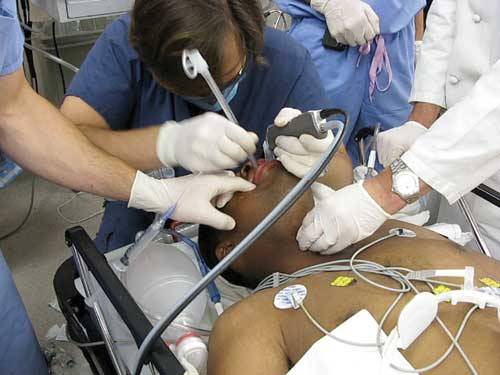The July Trauma MedEd newsletter is just around the corner! The topic is: Practice Guidelines. I’ll be sharing a number of updated guidelines for diagnostic imaging, head injury, anticoagulated patients, and more.
I see so many trauma programs that recognize the need for a practice guideline, but then insist on taking a huge amount of everyone’s time designing it from scratch. Chances are that 50 other trauma centers already have done this! So take a look at the ones in the newsletter, tweak to your heart’s content, and use them! In addition to printable copies in the newsletter pdf, I’ll share a link to Microsoft Publisher file versions so you can customize them, add your own logo, etc.
The newsletter will be released over the US Independence Day weekend. Subscribers will receive it then. Everyone else will have to wait until the following week.


